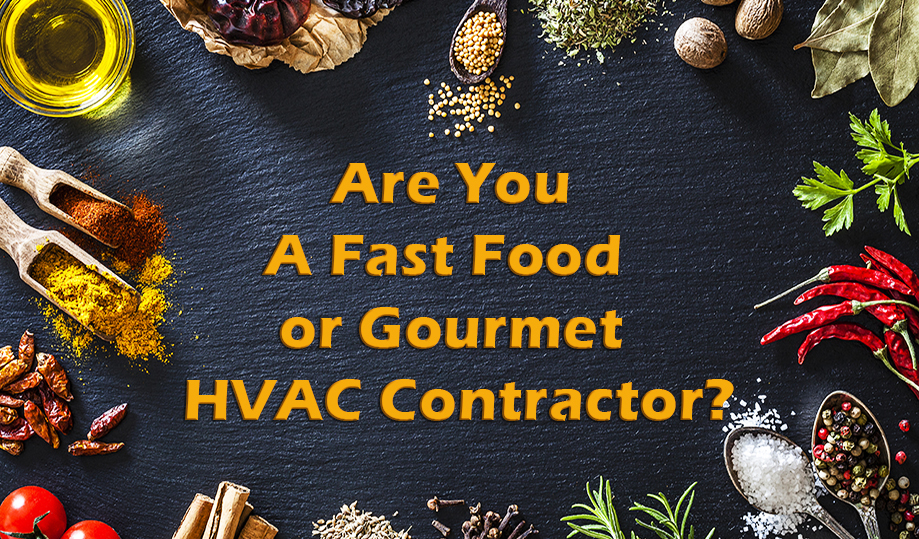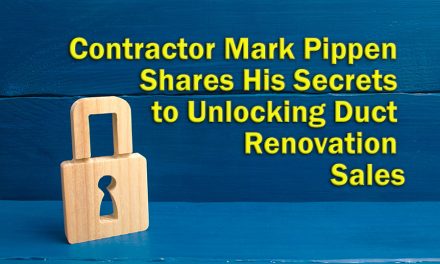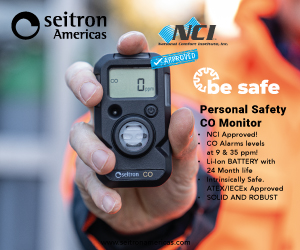If everything your HVAC company promises is fast and cheap, you might be considered a fast food type of HVAC contractor. I eat my share of fast food. In fact, I recently picked up a fish sandwich from a fast food place. The fish was half on the bun, cheese was half on the fish, and there was more tartar sauce outside the bun than inside. But it was fast and cheap!

Jim Davis, Senior Instructor, National Comfort Institute
I’m not sure how much training went into the ‘chef’ who made that sandwich. On the other hand, a gourmet restaurant requires years of training and testing before a real chef can plate a meal.
Thousands of dollars are spent training new employees, plus providing continuing education for existing ones. No one seems to care that the food is expensive and takes longer to serve.
Furthermore, believe it or not, this is life and death training because of food allergies and poisoning possibilities.
When an HVAC technician enters a customer’s home, there is also a potential life or death situation if the building has any type of fuel-burning equipment or devices. Carbon monoxide (CO) poisonings occur more often than most imagine, but they often go undiagnosed or unreported.
Some insinuate it’s up to the homeowner to protect themselves. However, I’m sure the homeowner is not aware of this.

Is everything about your HVAC company fast and cheap? If it is, no matter what the reason, your business could be considered a ‘fast-food? HVAC firm.
Do contractors need to be trained on how to test for all the possible CO dangers? Or is it okay to just wing it? You might hear some contractors say, ‘We don’t charge enough to do all that CO testing or buy our technicians the expensive test instruments and tools. We certainly can’t afford the’ training.’
Fast and cheap!!!
Some contractors watch a YouTube video and believe they know everything there is to know about carbon monoxide. Really? Maybe they went to a free CO seminar. Both are fast and cheap, and in both cases, unfortunately, weren’t worth the time.
Protecting customers from carbon monoxide poisoning should not be optional. But, you also need to know that carbon monoxide safety testing is more than just walking into a building with a personal CO detector. It’s more than conducting a token CO test on a piece of equipment with an analyzer.
It is more than uncovering a CO problem that is occurring immediately. It is identifying conditions that may contribute to a CO poisoning intermittently or later on.

In a ‘gourmet? HVAC company, just like in a gourmet restaurant, years of training and re-training is required to guarantee customers get what they desire and deserve.
As you would expect a complete meal from a fine restaurant, your customers expect you to know your job. Do your CO diagnostic skills encompass the whole combustion process, verifying combustion air, and proper ventilation? What is a valid test for confirming venting? Do you know all the possible mechanical defects and how to detect them?
Unless you know what can cause CO problems, you’ll be unable to correct them. Your customers expect you to advise them, especially with regard to safety and health issues stemming from all the sources of carbon monoxide.
This goes well beyond heating equipment and water heaters. For example, what are external sources of CO that can infiltrate the building? Can CO infiltrate back into the building after it has vented outside, even by sealed combustion equipment?
Some time ago, NCI Trainer David Richardson wrote a blog (ncilink.com/EGIACO3) that talked about Four Obstacles to CO Testing. He says these are:
- Unwillingness
- Lack of Confidence
- Fear
- Pride.
I believe there is a fifth obstacle which is Competitiveness. ‘If we do CO testing, we will have to charge more money and we will be less competitive.’
So having said that, ask yourself this: are you a fast food or gourmet HVAC contractor. There are times when fast and cheap have their place, but not when life and safety are at risk. They should not be the normal mode of performance.













Recent Comments